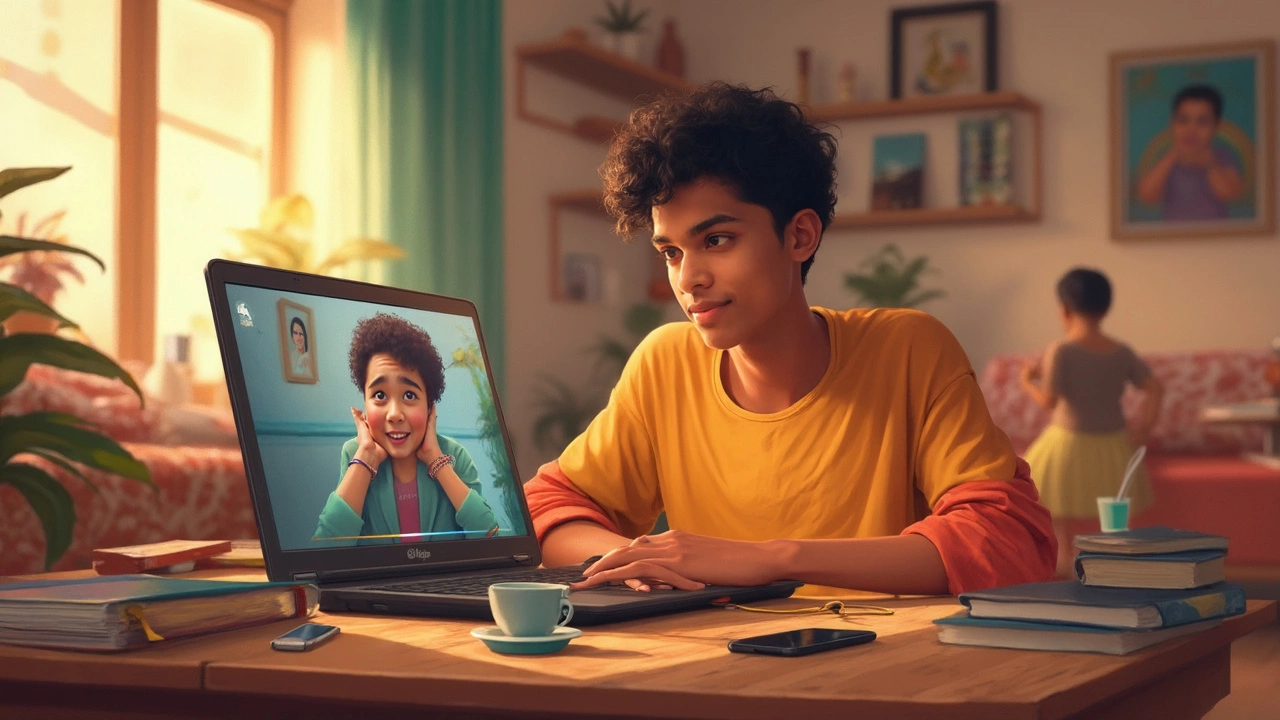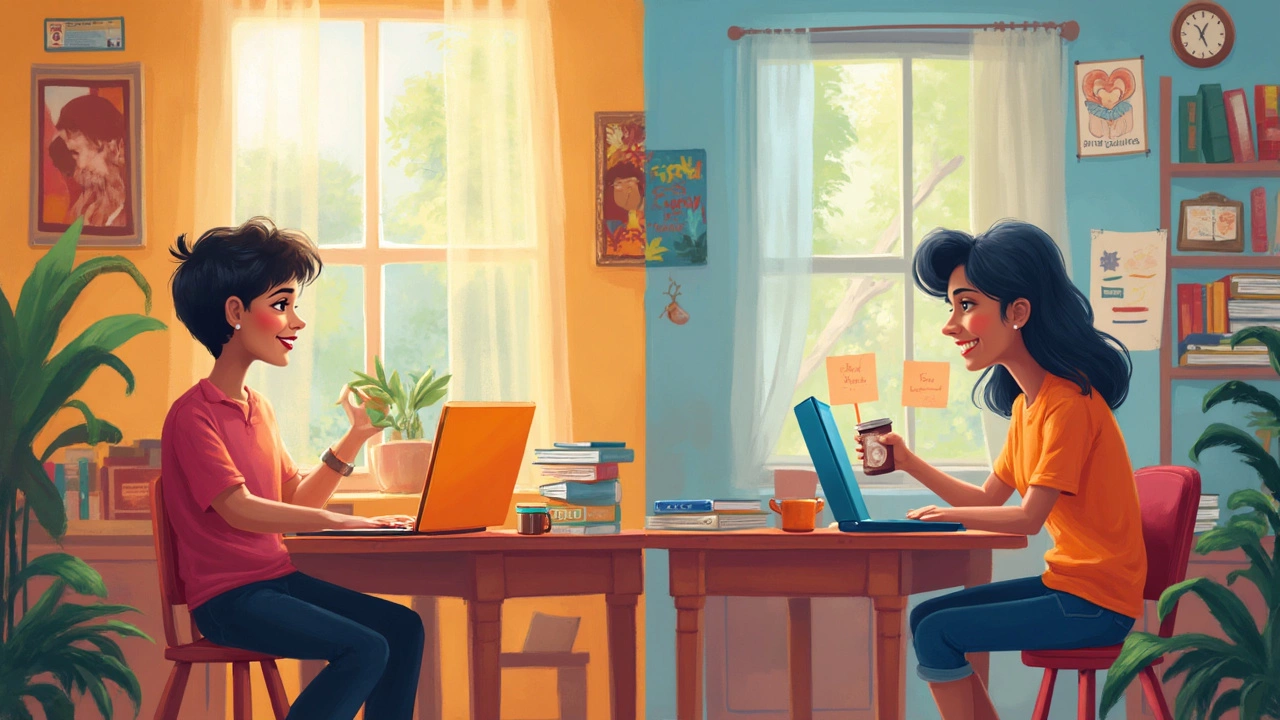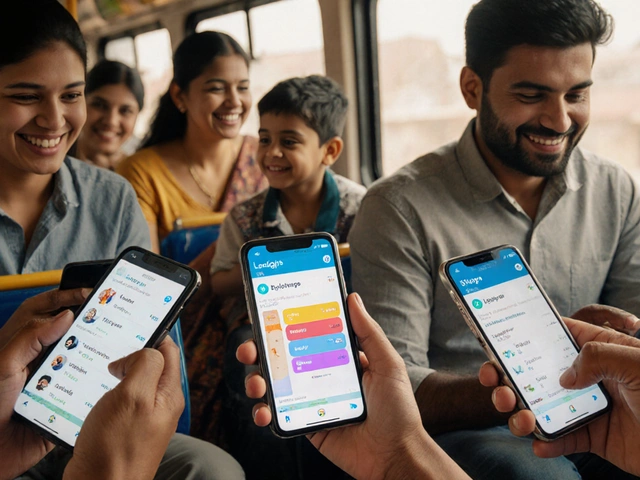Distance Education: What It Is and Why It Works for Real People
When you hear distance education, a way of learning where students and teachers aren’t in the same physical space. Also known as online learning, it’s not just about watching videos—it’s a full system built around flexibility, self-paced progress, and real-world accessibility. This isn’t the old mail-order courses from decades ago. Today’s distance education uses video calls, interactive platforms, mobile apps, and digital assignments to turn your living room, commute, or break at work into a classroom. It works because it fits into real lives—parents juggling kids, workers upgrading skills, students in remote towns, or anyone who needs to learn on their own schedule.
What makes this different from a traditional classroom? It’s not just location—it’s control. In remote study, learning that happens outside a physical school or campus. Also known as e-learning, it lets you choose when to review a lecture, how many times to replay a lesson, and when to take a test. You don’t need to rush to class at 8 a.m. if you’re a night owl. You don’t need to drop everything if your kid gets sick. And you don’t need to travel hours just to sit in a lecture hall. Tools like learning management systems, discussion boards, and video recordings make this possible. But it’s not magic—it requires discipline. The best learners in these setups aren’t the ones with the fanciest tech—they’re the ones who set small goals, stick to a routine, and ask for help when they’re stuck.
And it’s not just for adults. High schoolers in rural areas, working professionals switching careers, even retirees learning new skills—all are using flexible learning, an educational approach that adapts to the learner’s time, pace, and style. Also known as self-paced education, it removes the one-size-fits-all pressure of traditional schools. Whether you’re studying for a diploma, brushing up on math, or preparing for a certification, the structure is the same: you get the material, you engage with it, you prove you understand it. No one’s watching you clock in. But you’re still accountable—to yourself, to your goals, to the next step in your life.
What you’ll find in the articles below isn’t theory. It’s what real people have learned after trying distance education for months—or years. You’ll see why some people thrive online while others crash and burn. You’ll learn how to pick the right platform, avoid burnout, and stay motivated without a teacher breathing down your neck. There’s no sugarcoating: this isn’t easier than sitting in a classroom. But for the right person, it’s far better. And if you’re wondering whether it’s for you, the answers are here—not in ads, not in brochures, but in the honest experiences of people who’ve been there.

Distance Learning: Why It Works Better for So Many People
Distance learning has flipped traditional education on its head. More people are taking classes online because it fits their lives and comes with real-world perks. This article breaks down what makes distance learning tick, why it's often a better choice, and gives straight-up advice on how to get the most out of it. From flexibility to real skills you can use, discover why studying from anywhere actually makes sense for a lot of us.

Distance Education: What Distance Really Means
This article breaks down what 'distance' means in the context of education. It explains how distance learning works, the common tools used, and the practical impacts on students and teachers. You'll learn surprising facts about remote study and tips for making the most of virtual classes. The article is simple, clear, and packed with advice you can actually use.

Distance Learning or Classroom: Which Really Fits You Best?
Is distance learning just a fad, or can it actually compete with the classroom experience? This article breaks down the real pros and cons, cuts through the common myths, and sets out which style works best for different types of learners. If you're wondering where you’ll learn more, stay motivated, and actually enjoy your lessons, there are some unexpected details ahead. You’ll get concrete facts, not just empty opinions, plus practical tips to help you pick your best match. Super useful whether you’re a student, a busy parent, or thinking about a career switch.

Distance Education: What It Really Means and Why It Matters
Distance education means learning happens when students and teachers aren’t in the same place. This article breaks down what distance education is, its basics, and how it’s changing how we learn. You’ll get examples, some important benefits, and practical tips for making the most of online learning from home. Whether you’re already enrolled or just thinking about it, this guide helps you see how distance education actually works. Discover concrete facts and tried-and-true ideas to help you succeed while learning from anywhere.



